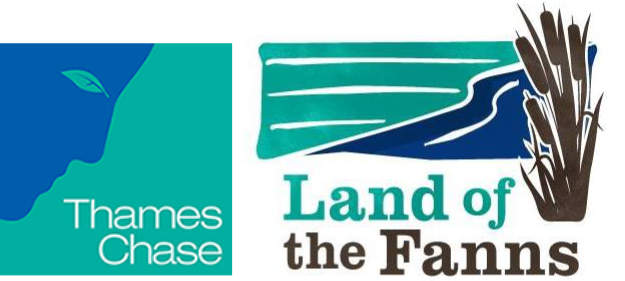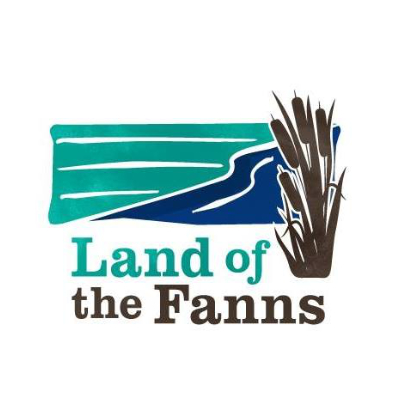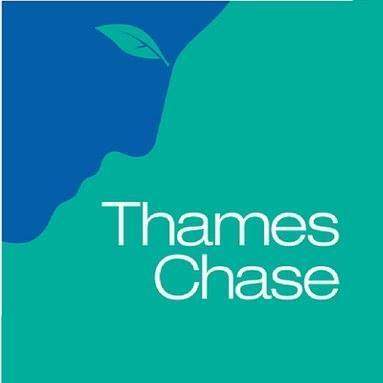About this find
The Havering hoard is the LARGEST hoard found so far in Greater London. A whopping 453 bronze objects, dating between 900 and 800 BC, were discovered in 2018 and include sword fragments, axe heads, spearheads, daggers, knives and other rare finds. These were found arranged as 4 ‘packages’ beneath the floor of what may have been a Bronze Age roundhouse. Altogether, the hoard weighed 45kg!
KEY FACTS
- FOUND: in 2018 by archaeologists carrying out planned archaeological work in Wennington, Havering ahead of a new quarry being created.
- NOW: Museum of London, but hopefully to be partially displayed at the Havering Museum in the future.
- MATERIAL: METALS – Bronze and Copper alloys
- MADE: Dated to 900 – 800 BC
TIMELINE:
Neolithic
4,500 BC-2,300 BC
Bronze Age
2,300-700 BC
Iron Age
700 BC-AD 43
What other events were happening around the world at this time?
- 776 BC – First recorded Olympic games in Greece
What is a hoard?
A collection of valuable objects that’s been hidden away on purpose.��
Think like an archaeologist!
Look carefully at this artefact from the Havering Hoard. What do you think it is? What other questions do you have about it?
What?
Where?
Why?
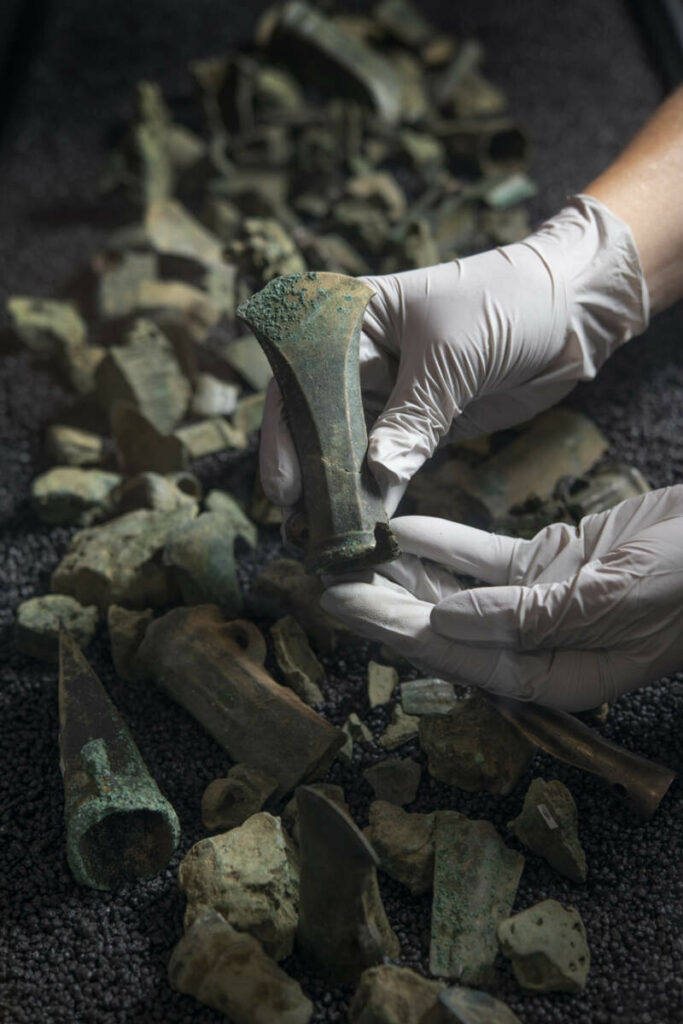
The Havering Hoard © Museum of London
When?
How?
Who?
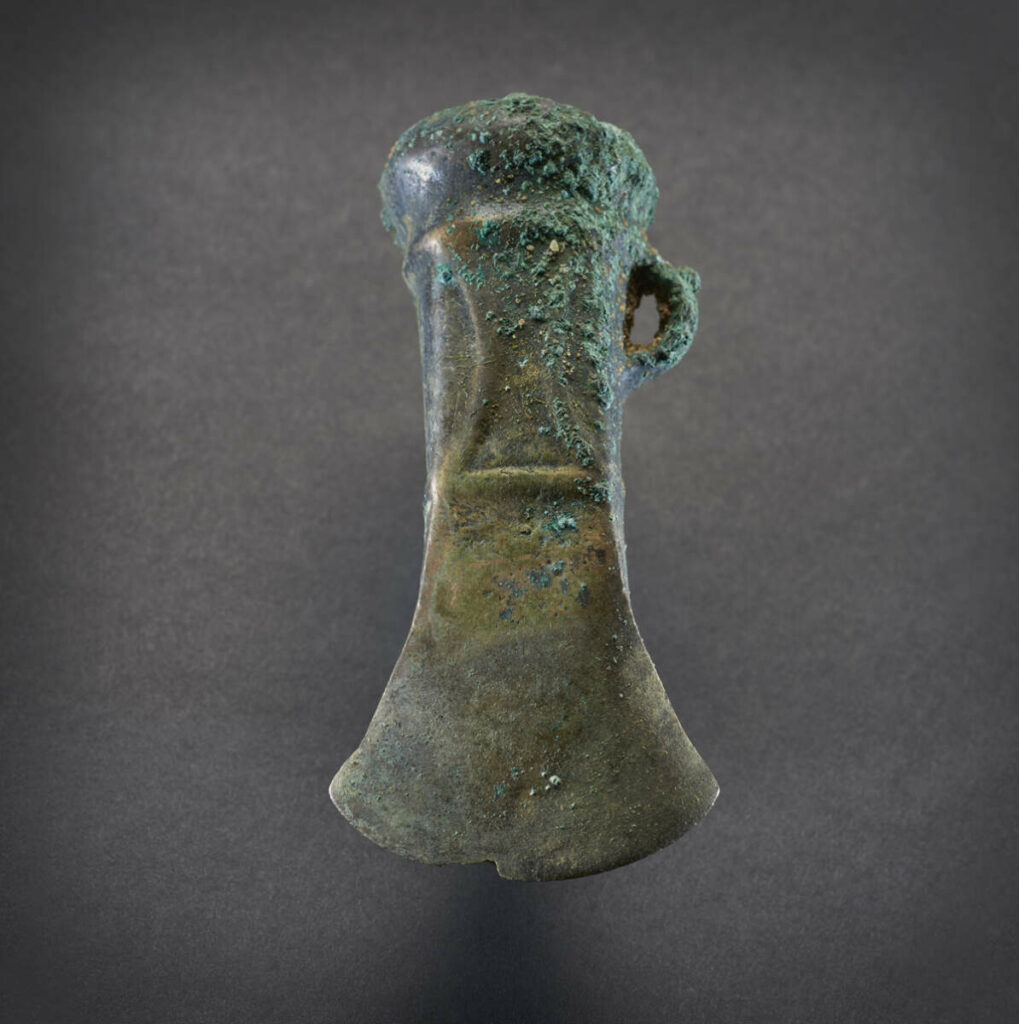
The Havering Hoard © Museum of London
The green flecks on this axe are the copper reacting with the oxygen in the air!
This is an axe and it would have been used for making things with wood.
The science of smelting- a new Bronze Age technology.
It is made of bronze which is the metals copper and tin mixed together.
The rocks (ore) containing copper and tin would be heated up together until the metals became a molten-hot liquid: this is called smelting. The liquid metal would then be poured into a mould made out of baked clay and left to cool.
As the metal cooled it would become a solid. The metalworker would then break the clay mould to reveal the bronze axe head.
Geography: Made in...Czechia?
The Havering hoard included many bronze or copper objects and not all of them were ‘Made in England’.
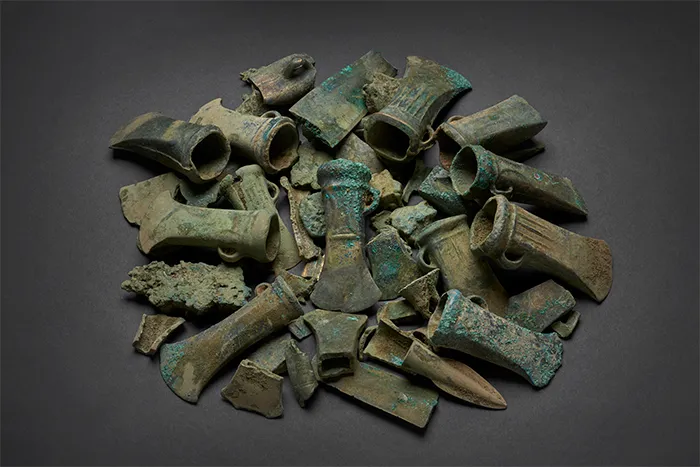
The Havering Hoard © Museum of London
Some of the artefacts are from further away including
- An axe from Wales
- A bracelet from an area which is now close to the border between France and Germany.
- Copper blocks (ingots) from the Alps
- Sword fragments from what is now the Czechia (Czech Republic).
- A terret ring from France: used to stop horses’ reins from tangling and the first ever found in Britain.
It seems the people living here had connections with people in mainland Europe and other parts of Britain.
1. Can you find Wennington on a map? How far away is it from Wales, France, Germany, and Czechia?
2. How did people in the Bronze Age travel? How long would it have taken to travel to France? How did people cross what is now the English Channel? How could the River Thames make travel easier?
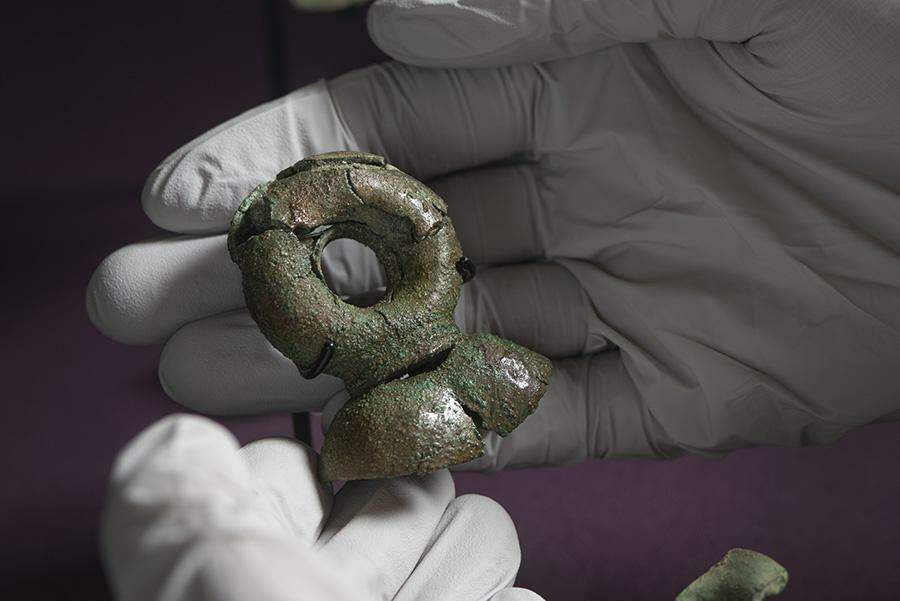
Rare Turret Ring © Museum of London
ART: draw like an archaeologist!
This is an archaeological illustration of a socketed axe head.
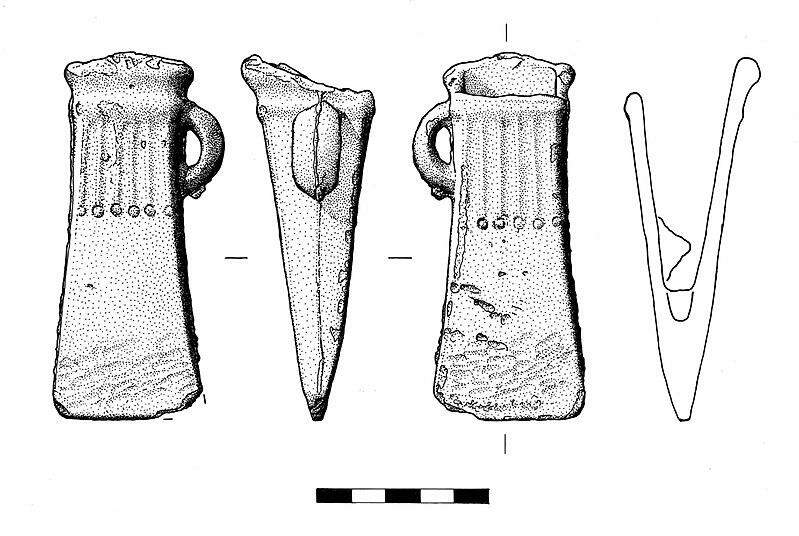
© The Portable Antiquities Scheme/ The Trustees of the British Museum
Bronze Age socketed axe, illustration by Dom Andrews

The Havering Hoard © Museum of London
Archaeological illustrations are drawn to scale. Here, the axe is drawn so that it is exactly the same size are the real artefact. The illustrators are specialist archaeologists. They draw using a sharp pencil, pen, and sometimes a computer but they do not use colour!
Here the illustrator has shaded the drawing using lots of little dots. They have also drawn 3 sides of the artefact and a cross-section (what it would look like if you cut it through the middle!).
Now it's your turn!
Can you draw this axe from the Havering Hoard just like an archaeological illustrator would?
You’ll need
- a ruler
- a rubber
- a sharp pencil
- a picture of the axe in front of you
